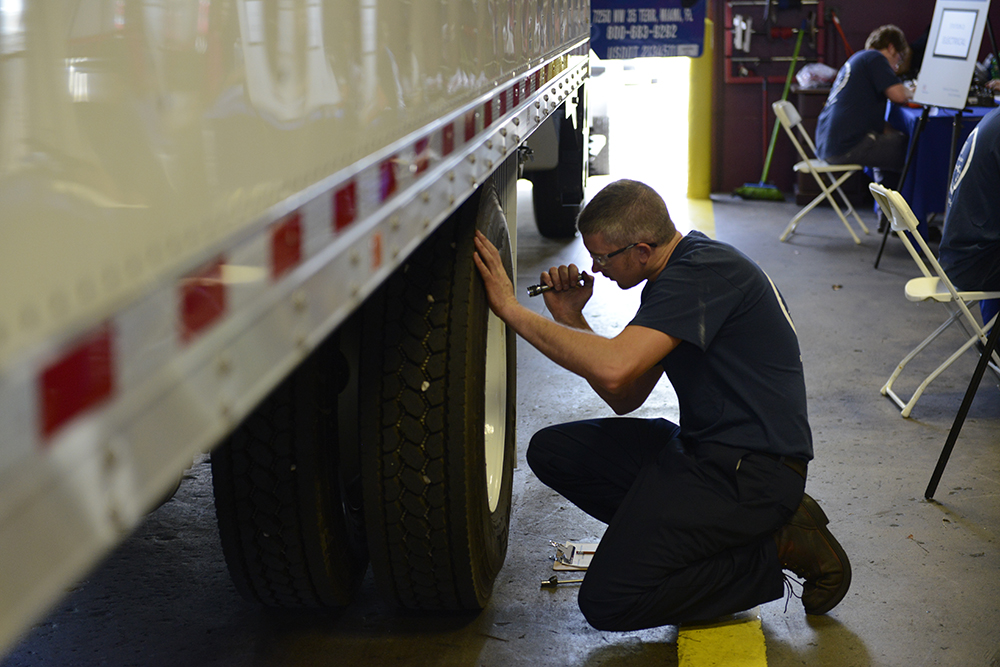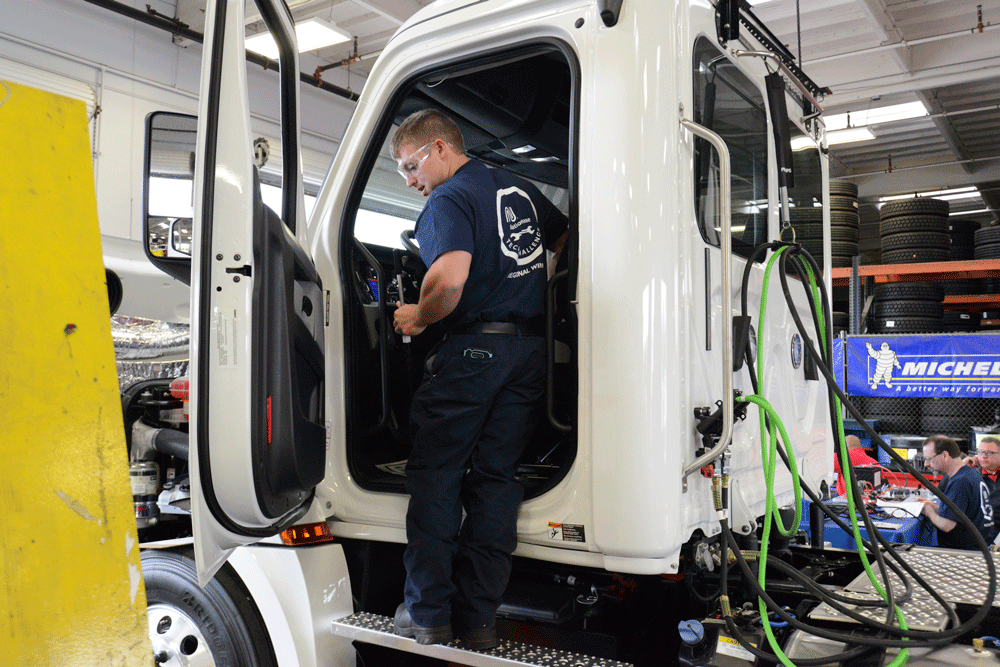Not all technology is right for every fleet. When looking to increase safety in your fleet, what kind of technology to select and when to implement it are issues to consider.
This blog first appeared on the AmeriQuest Business Services website.
In a recent Monitordaily opinion piece, “The Right Safety Technology at the Right Time,” Jim Sweeney, Vice President of Capital Equipment at AmeriQuest Transportation Services, talked about the latest statistics from the Federal Motor Carrier Safety Administration blog
Here’s the reality: fatal truck crashes are up 8% since 2014 and the average cost associated with such accidents averages $7.2 million. And, as he notes, those figures do not include medical and legal expenses; nor do they include the cost to a company’s reputation. He then speaks of the many advances in truck technology that will hopefully reduce accidents, fatal and non-fatal in the future.
But just because a technology exists, fleets need to ask themselves if they really need every advancement that is available. And that, Sweeney notes, means they need to do their due diligence, not just on research of the efficacy of the specific technology, but also whether that technology suits its fleet’s needs. It also may not be the best idea to be the first one in on trying a new advancement. Every technology goes through its testing and occasional glitches, so companies would be wise to select proven technologies rather than the latest and greatest that enter the market. Otherwise, fleets could end up with something that has the complete opposite and rather disruptive effect. The cost of implementing that wrong technology would leave the fleet with less capital to use when the right technology comes along.
When it comes to cost, adding new safety options can cost $1,000 to $5,000. Though that might seem high, when one considers the cost of a new asset (over $100,000), this is a small percentage to pay in order to garner greater safety. As stated above, accidents can be extremely costly, so when trying to convince senior management of the need for a new technology, managers should be able to justify the ROI of new technology by citing those high accident costs.
The smart move, according to Sweeney, is to stick to normal trade cycles. As he says, “What the fleet needs to strive for is purchasing the right technology, with the right ROI (including how it contributes to the residual value of the asset) at the right time.”
Read the full article to learn more




